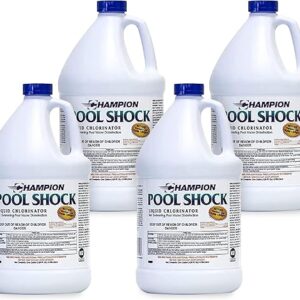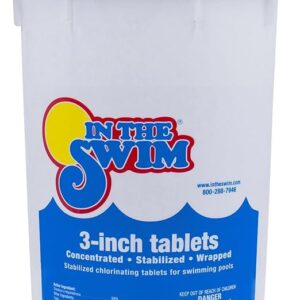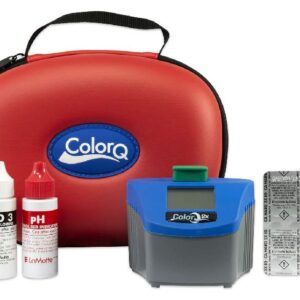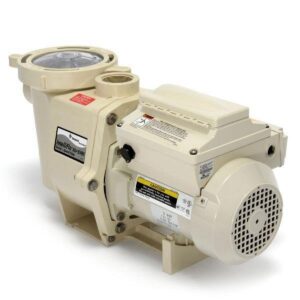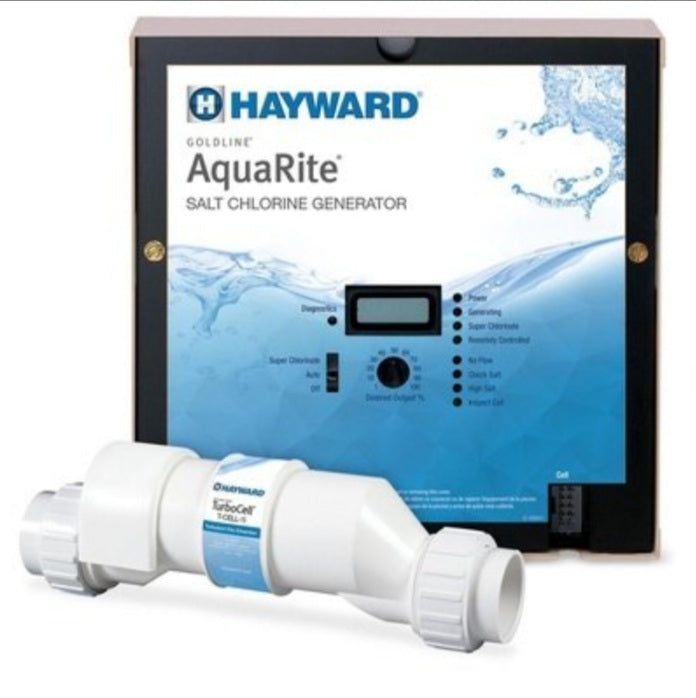A Comprehensive Guide to Winterize a Swimming Pool
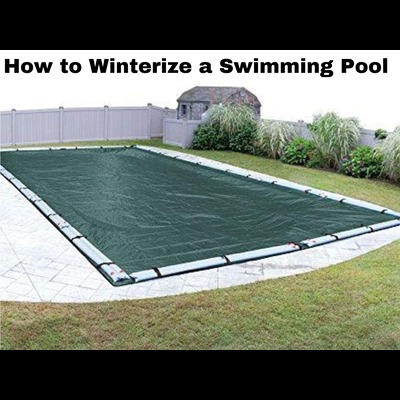
Introduction
As winter approaches and the weather turns crisp, pool owners must take the necessary steps to winterize a swimming pool. This essential process ensures that your pool remains in optimal condition during the colder months and is ready for a splash when summer returns. In this guide, we’ll walk you through the detailed process of winterizing both chlorine and saltwater pools. We’ll emphasize the importance of maintaining chemical balance, and highlight the key steps.
Tips to Winterize a Swimming Pool
1. Preparation and Essential Supplies
To winterize a swimming pool successfully, start by gathering all the necessary equipment and chemicals, including liquid chlorine, pH adjusters, calcium hardness increasers, total alkalinity increasers, cyanuric acid, algaecides, a pool brush, a vacuum or electric pool cleaner, and winter pool covers. An accurate chemical test kit is a must-have for precise measurements.
2. Balancing Water Chemistry for Chlorine Pools: Maintaining the right chemical levels is crucial for chlorine pools. Maintain a chlorine concentration of 3.0 ppm to prevent algae growth and maintain water clarity effectively. Before adding chlorine and vacuuming the pool, ensure the pH level is between 7.4 and 7.6, calcium hardness within 250-350 ppm, total alkalinity is between 80-100 ppm for liner pools and 100-125 ppm plaster pools, and cyanuric acid around 30-50 ppm to protect chlorine from sunlight degradation.
3. Balancing Water Chemistry for Saltwater Pools: The approach is slightly different if you own a saltwater pool. Maintain the chlorine level at an appropriate range of 3.0 ppm. Just like chlorine pools, ensure you balance all other chemicals first. As indicated above, maintain the pH, calcium hardness, and total alkalinity levels in your saltwater pool. Cyanuric acid is between 60 to 80 ppm and the salt level is around 2700 to 3400 ppm.
4. Shock Treatment and Cleaning: Now that you have chemically balanced pool water, thoroughly clean the pool by brushing the walls, vacuuming the floor, and removing debris to ensure a clean start for the next season. After cleaning the pool, Administer a liquid chlorine shock treatment: Measure and maintain the recommended free chlorine level by adding more liquid chlorine if the level is less than 3 ppm.
5. Draining and Adding Winter Chemicals: Lower the water level to prevent freezing damage. Add appropriate winterizing chemicals, such as algaecide, to both types of pools to inhibit algae growth and maintain water quality.
6. Installing a Secure Winter Pool Cover: Select a durable winter pool cover that fits snugly over the pool. A well-fitted cover prevents debris accumulation and maintains the pool’s cleanliness throughout the winter.
View all swimming pool chemicals.
View all swimming Pool Equipment.
Winterizing a swimming pool is a responsible step toward its preservation. Adhering to the appropriate chemical levels and diligently preparing your pool for the cold season ensures a seamless transition to the warmer months.



